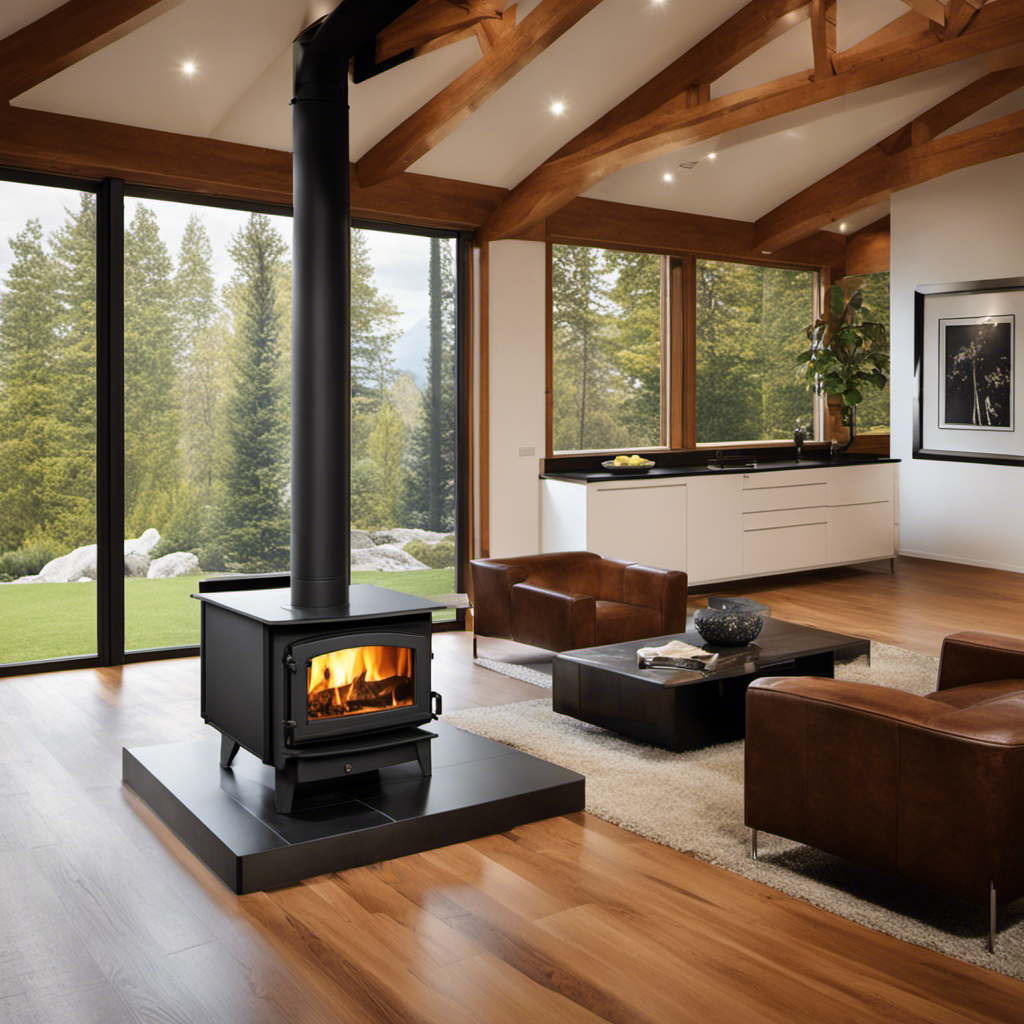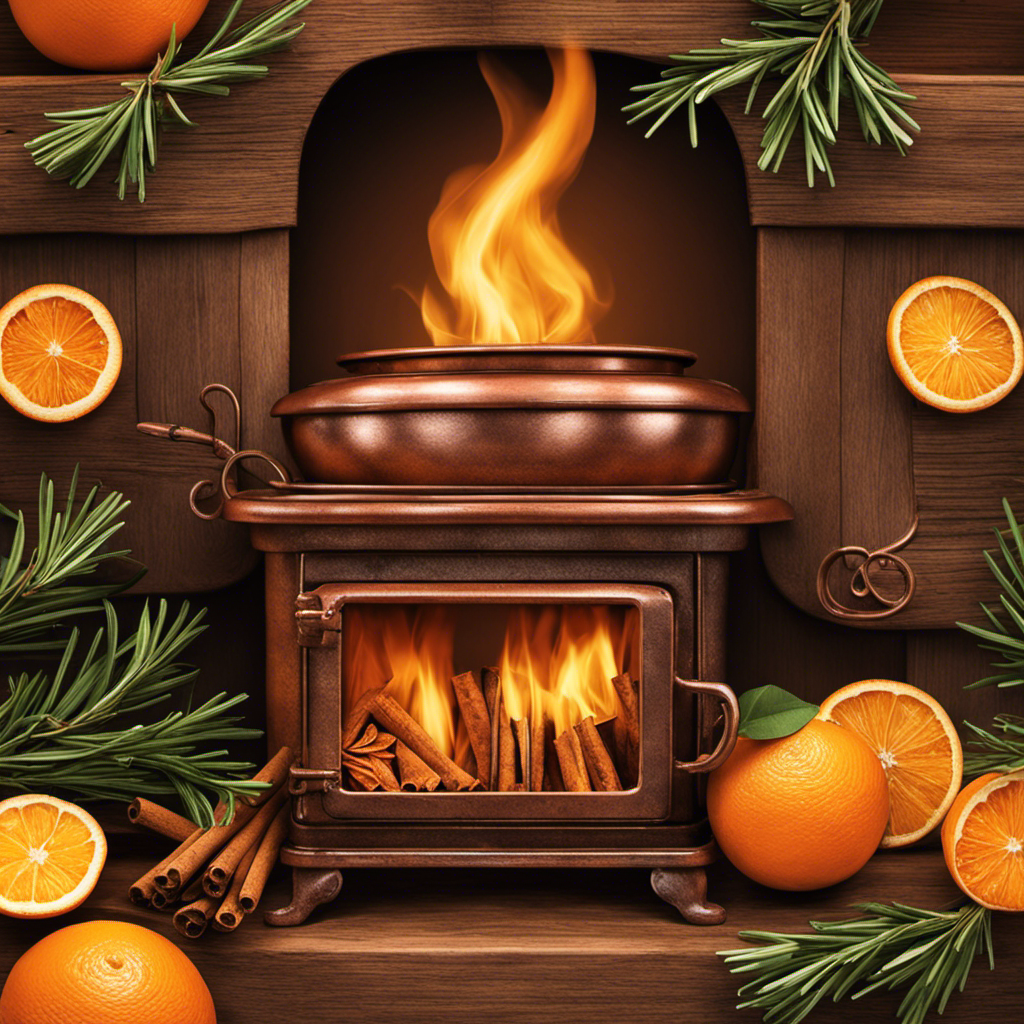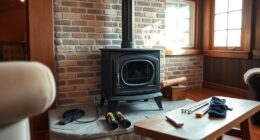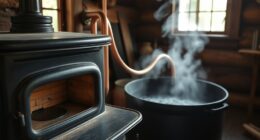As a fan of wood stoves, I have learned to see the damper as a crucial element in distributing heat, similar to a conductor guiding a symphony of combustion. This basic yet essential tool can manage airflow and adjust the temperature produced by our cherished wood stoves.
With its guidance, we can enhance combustion efficiency, control the burn rate, and maximize the stove’s performance. Join me on this journey as we unravel the purpose and importance of the damper on a wood stove.
Key Takeaways
- The purpose of a damper on a wood stove is to regulate airflow, which in turn controls the stove’s performance and efficiency.
- By adjusting the damper, one can control the air intake and exhaust, allowing for combustion rate and heat output control.
- The damper helps regulate temperature and ensure efficient heat distribution, thus allowing for customized heat output in the home.
- Proper air intake through the damper ensures complete combustion, reduces fuel consumption, and minimizes emissions for better air quality.
Importance of Airflow Control
Controlling the airflow in a wood stove is crucial for maintaining optimal heat levels. Proper airflow management benefits the overall performance and efficiency of the stove, ensuring a more comfortable and cost-effective heating experience. When the damper is adjusted correctly, it allows for the regulation of air intake and exhaust, which directly impacts heating efficiency.
By controlling the amount of air entering the stove, you can control the combustion rate and heat output. This means that you can adjust the airflow to achieve the desired temperature and prevent overheating. Furthermore, managing the airflow helps to ensure complete combustion of the wood, maximizing heat production and minimizing wasted energy.
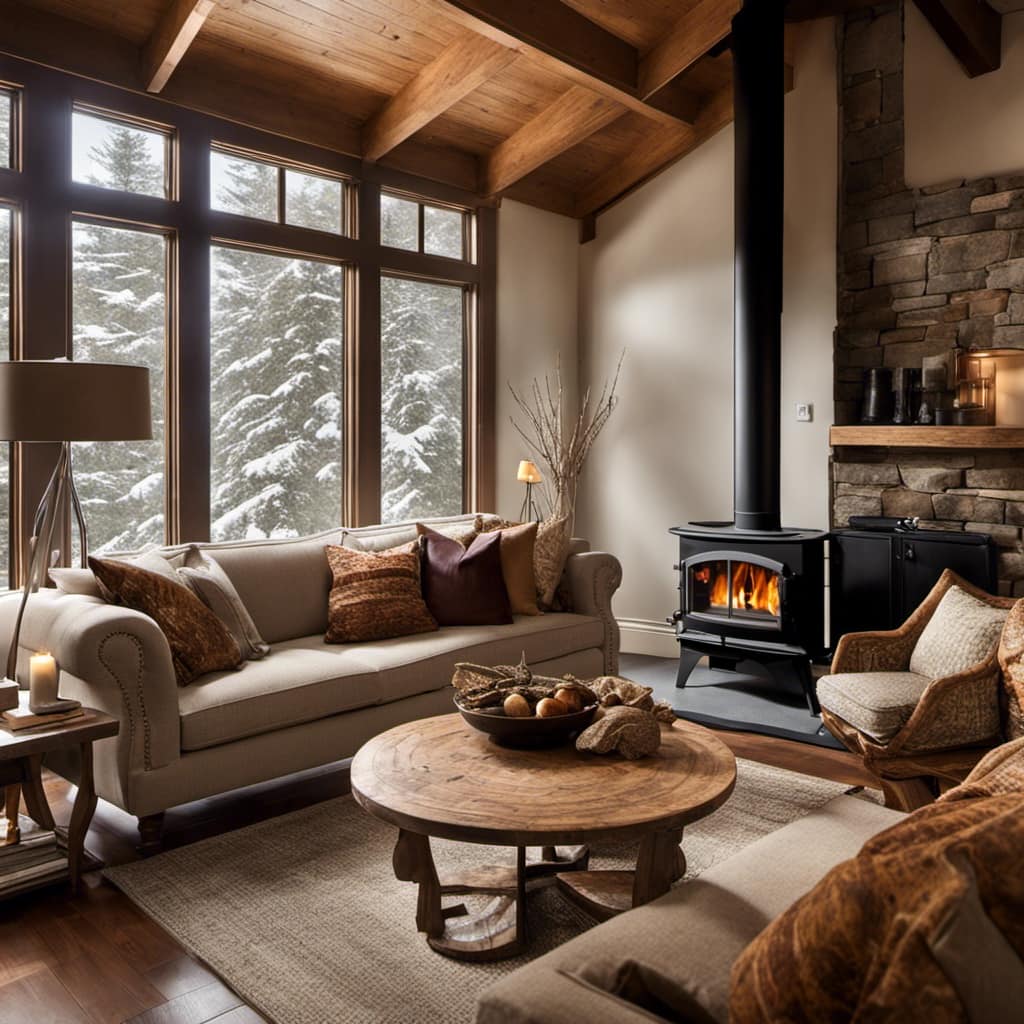
Role in Regulating Heat Output
I find that adjusting the damper on my wood stove really helps me regulate the heat output in my home. The damper plays a crucial role in controlling the temperature and ensuring efficient heat distribution.
By adjusting the damper, I can control the amount of air that enters the combustion chamber. This directly affects the intensity of the fire and the heat produced. Opening the damper allows more oxygen into the stove, resulting in a hotter fire and increased heat output. On the other hand, closing the damper restricts airflow, reducing the fire’s intensity and heat production.
Enhancing Combustion Efficiency
By adjusting the air intake, I can increase the efficiency of combustion in my home heating system. Here’s how it works:
Proper air intake ensures complete combustion: When the damper is adjusted correctly, it allows the right amount of oxygen into the combustion chamber. This promotes complete burning of the fuel, maximizing energy efficiency.
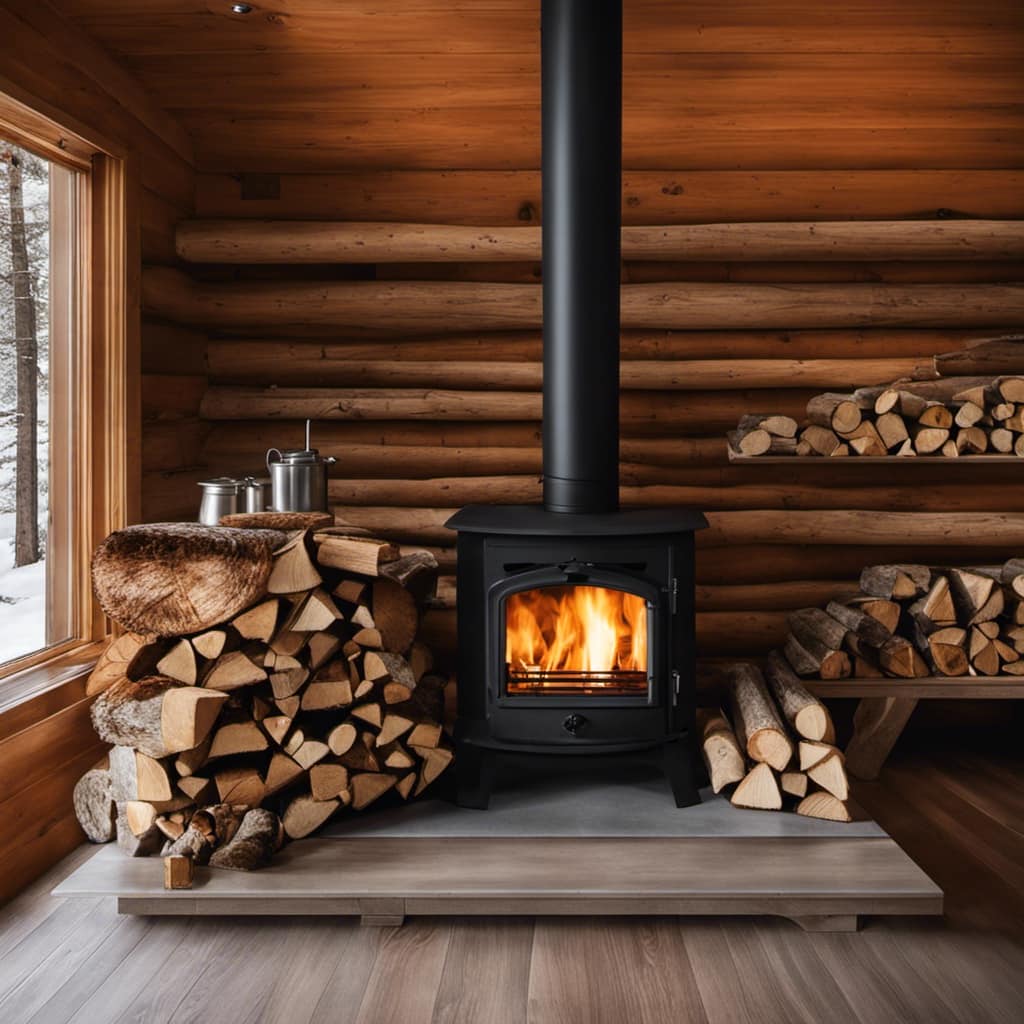
Reduced fuel consumption: With improved combustion efficiency, less fuel is required to produce the same amount of heat. This translates to cost savings and a reduced environmental impact.
Lower emissions: Inefficient combustion leads to the release of harmful pollutants, such as carbon monoxide and particulate matter. By enhancing combustion efficiency, the damper helps to minimize these emissions, contributing to better air quality.
Sustainable heating: Increasing the efficiency of combustion in a wood stove not only saves energy and reduces environmental impact, but also promotes the use of renewable resources. Wood, when burned efficiently, is a sustainable heating option compared to fossil fuels.
Controlling Burn Rate
To achieve a more efficient burn rate, adjusting the air intake is essential. By controlling the draft through the damper, it’s possible to regulate the amount of oxygen supplied to the fire. This allows for better combustion and a more controlled burn rate.
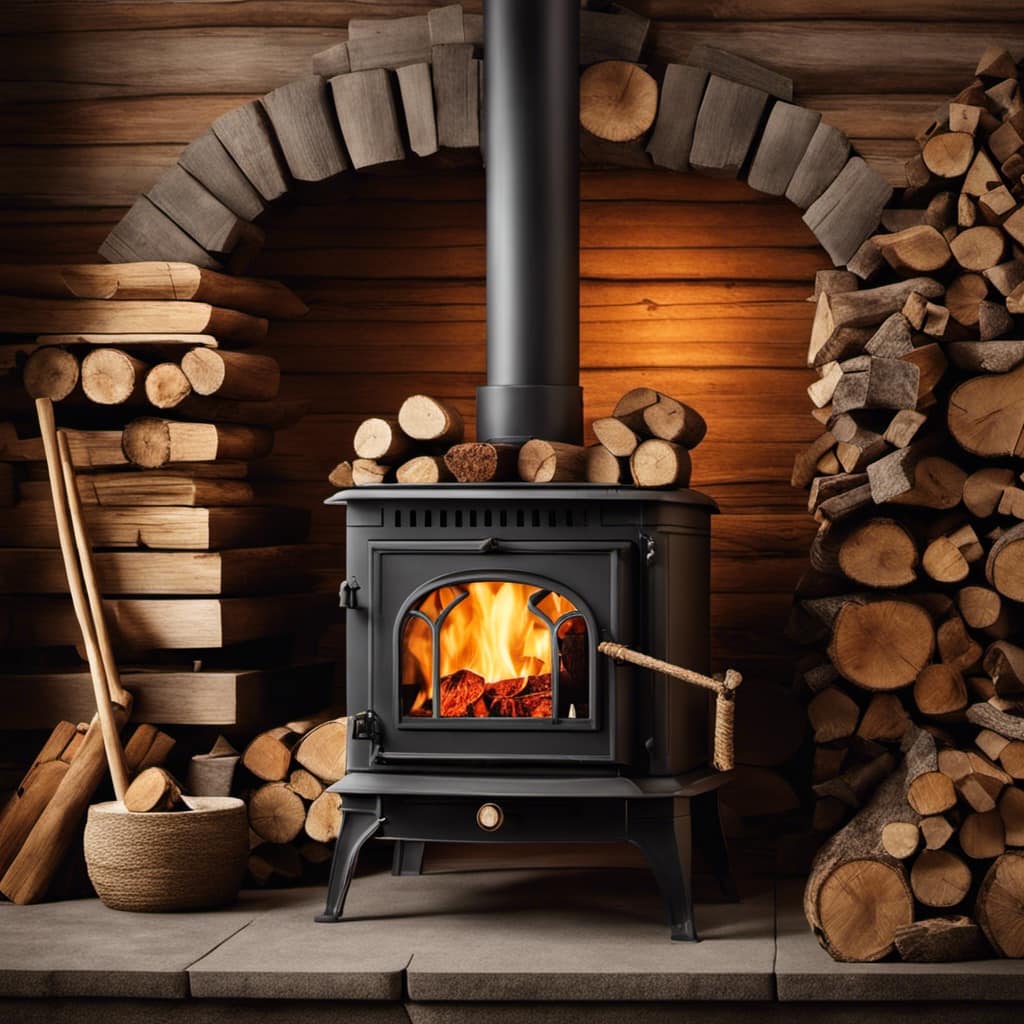
When the air intake is too high, the fire can burn too quickly, resulting in wasted fuel and excessive heat. On the other hand, if the air intake is too low, the fire may smolder, producing more smoke and pollutants.
Maximizing Wood Stove Performance
Maximizing the performance of my wood stove involves finding the right balance between air intake and burn rate. To ensure optimal operation and efficiency, proper wood stove maintenance and fuel selection are crucial. Here are four key factors to consider:
Regular cleaning: Clearing out ash and debris from the stove and chimney helps maintain proper airflow, preventing buildup that can hinder performance.
Air control adjustment: Adjusting the damper and air vents allows for better control over the burn rate, ensuring efficient combustion and heat output.
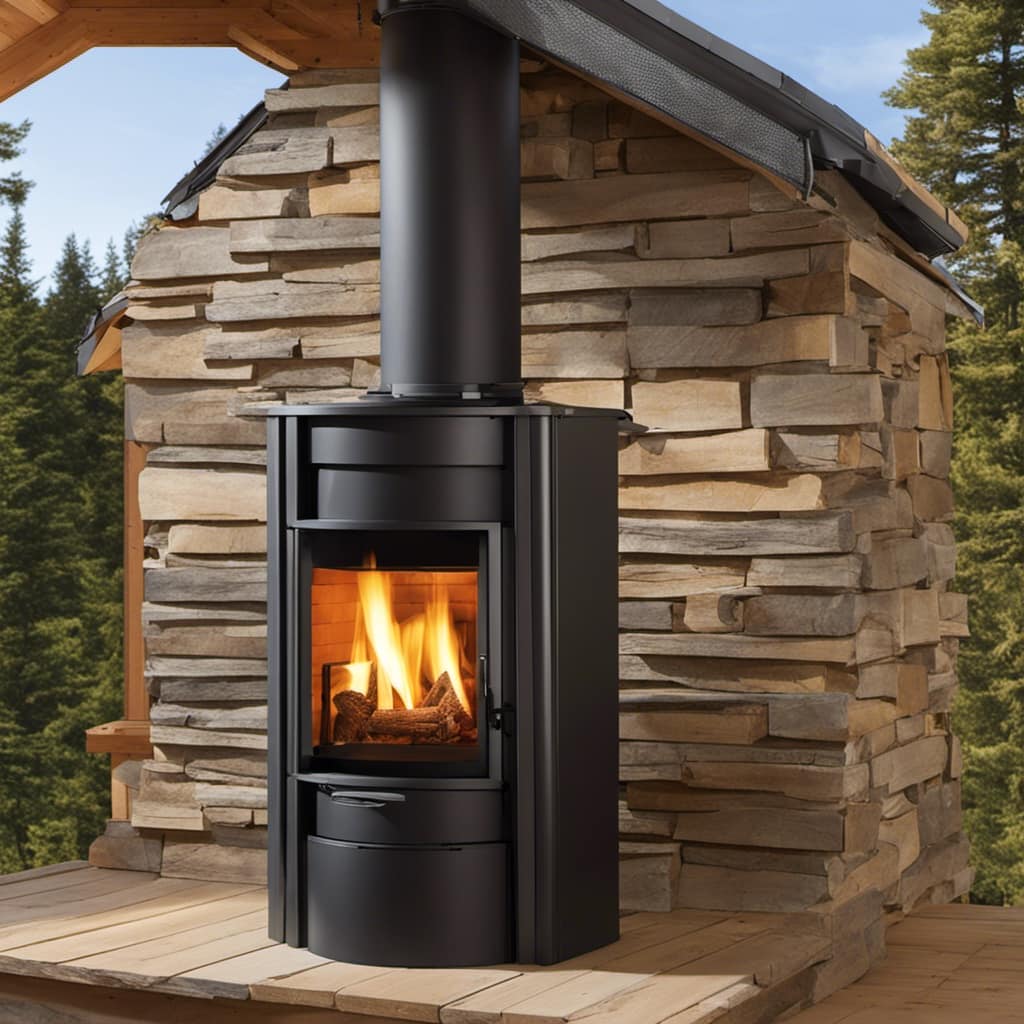
Fuel quality: Choosing well-seasoned hardwoods, such as oak or maple, promotes cleaner and more efficient burning, reducing the amount of creosote buildup and maximizing heat production.
Proper loading technique: Arranging the wood in a way that allows for adequate airflow and optimal combustion will help maximize the stove’s performance.
Frequently Asked Questions
How Often Should the Damper Be Cleaned or Maintained?
The damper on a wood stove should be cleaned and maintained regularly to ensure optimal performance. The cleaning frequency and maintenance schedule will depend on factors such as usage and the type of wood being burned.
Can a Damper Be Used to Control the Amount of Smoke Produced by a Wood Stove?
Yes, a damper can be used to control the amount of smoke produced by a wood stove. By adjusting the damper, you can regulate the airflow, which in turn affects the combustion efficiency and heat output.
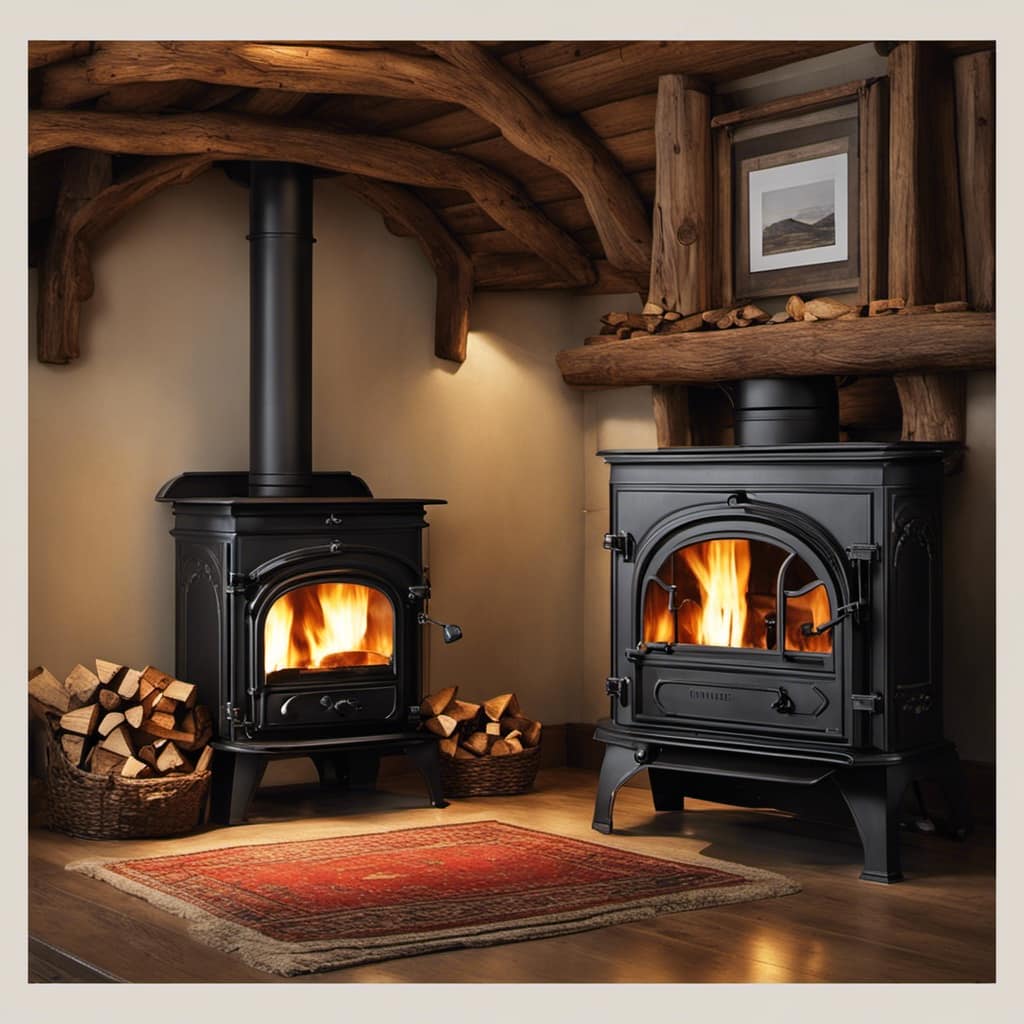
What Are the Different Types of Dampers Available for Wood Stoves?
Different types of damper controls play a vital role in ensuring efficient wood stove operation. Proper damper installation is crucial for regulating airflow, controlling heat output, and minimizing smoke emission.
Can a Damper Help Reduce Creosote Buildup in the Chimney?
Yes, a damper can help reduce creosote buildup in the chimney. By controlling the airflow, it allows for more efficient combustion, which reduces the amount of unburned gases and particulate matter that can lead to creosote formation. Proper chimney maintenance is key.
Are There Any Safety Precautions or Guidelines for Using a Damper on a Wood Stove?
When it comes to safety precautions and guidelines for using a damper on a wood stove, it’s crucial to follow the manufacturer’s instructions and ensure proper ventilation. Neglecting these precautions can lead to hazardous situations.
How Does a Damper on a Wood Stove Serve its Purpose?
The wood stove damper explanation is essential for understanding the role of a damper in regulating airflow and controlling the combustion process in a wood stove. By adjusting the damper, users can increase or decrease the draft, resulting in more efficient and controlled burning of wood in the stove.
Conclusion
In conclusion, the damper on a wood stove plays a crucial role in ensuring optimal performance and efficiency. It allows for precise control of airflow, regulating heat output and enhancing combustion efficiency. By controlling the burn rate, the damper maximizes the stove’s performance.
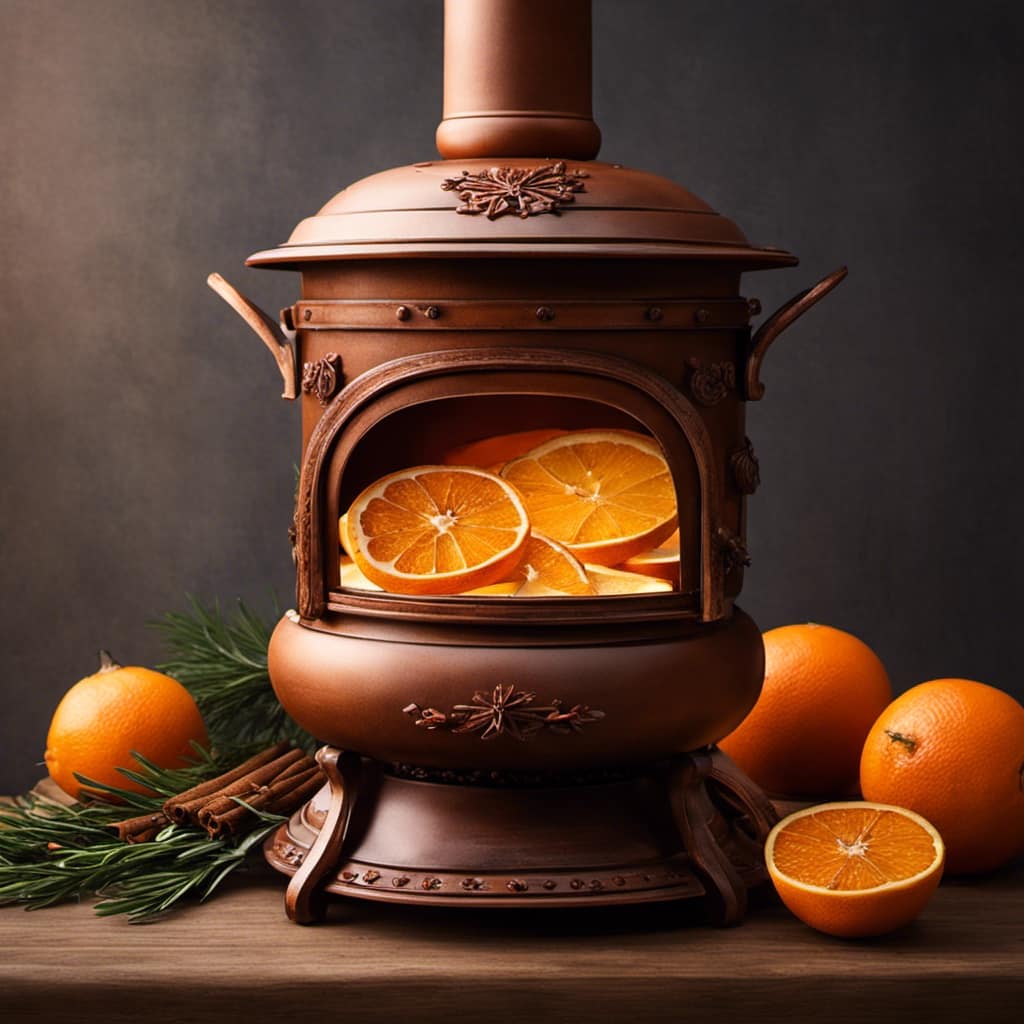
Its importance can’t be overstated, as it’s the key to achieving the perfect balance of heat and combustion for a cozy and efficient wood stove experience, making it an absolute game-changer.
Growing up surrounded by the vast beauty of nature, Sierra was always drawn to the call of the wild. While others sought the comfort of the familiar, she ventured out, embracing the unpredictable and finding stories in the heartbeat of nature.
At the epicenter of every remarkable venture lies a dynamic team—a fusion of diverse talents, visions, and passions. The essence of Best Small Wood Stoves is crafted and refined by such a trio: Sierra, Logan, and Terra. Their collective expertise has transformed the platform into a leading authority on small wood stoves, radiating warmth and knowledge in equal measure.





